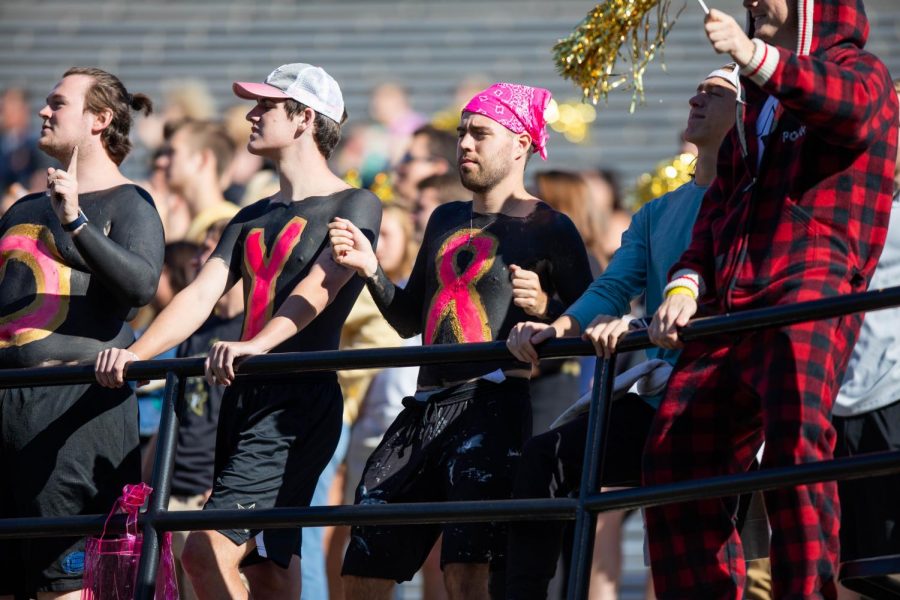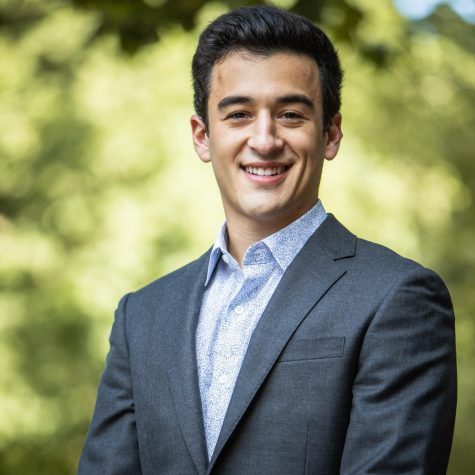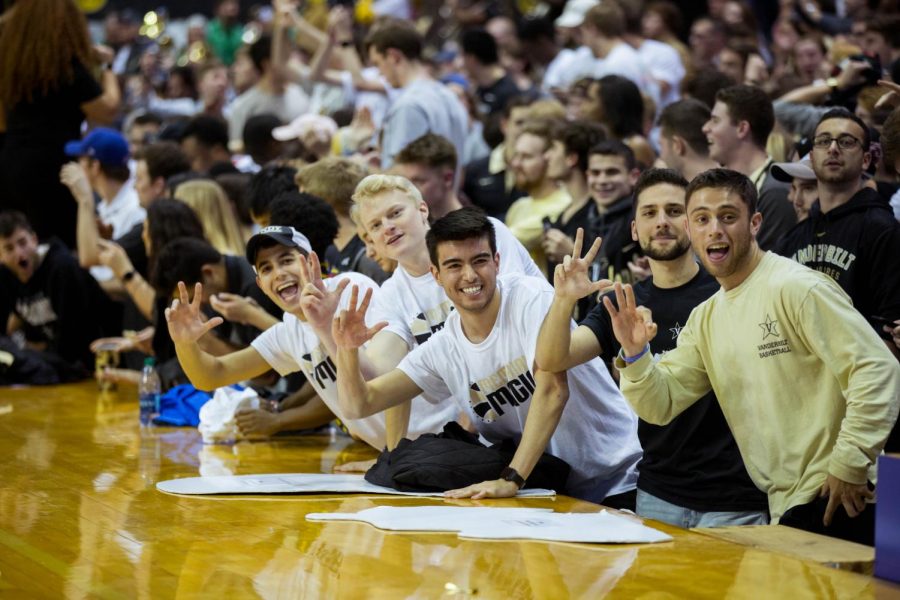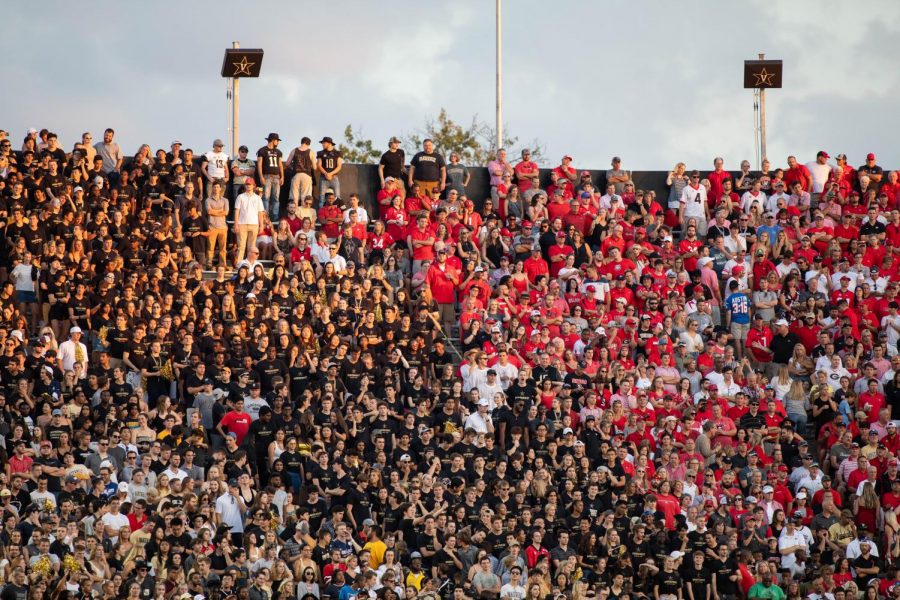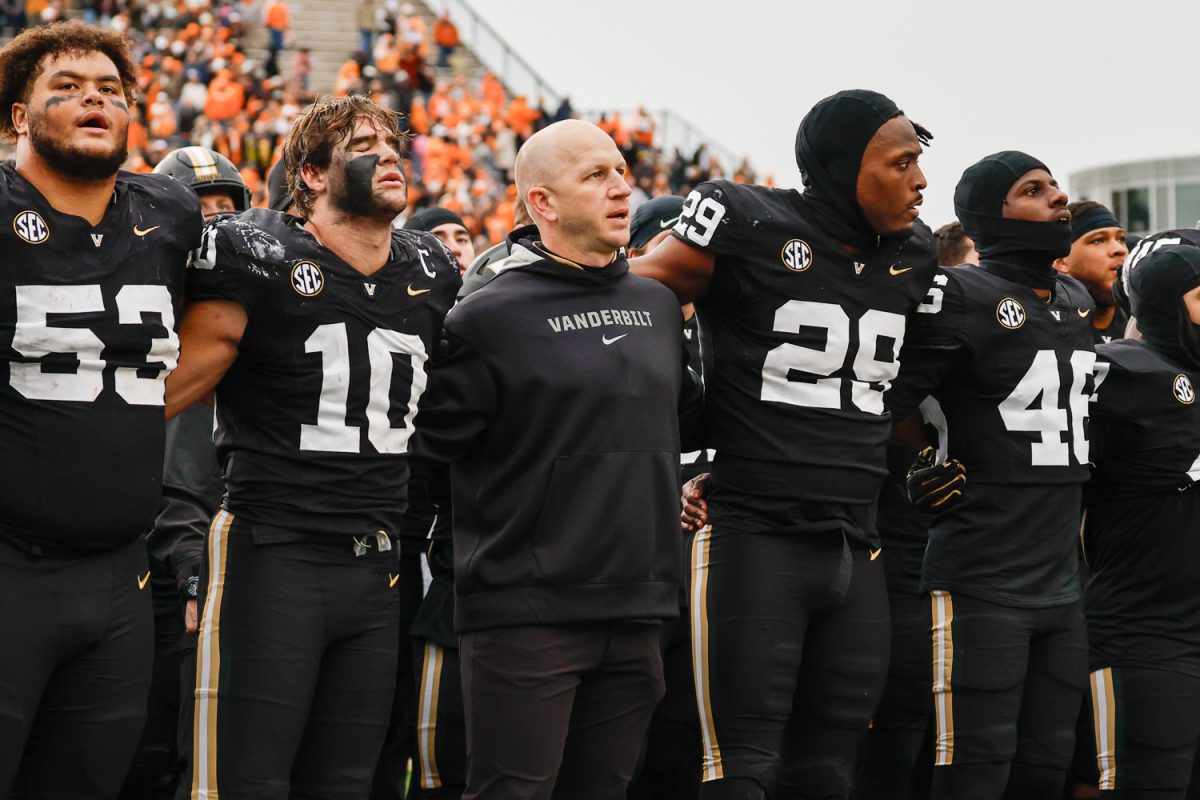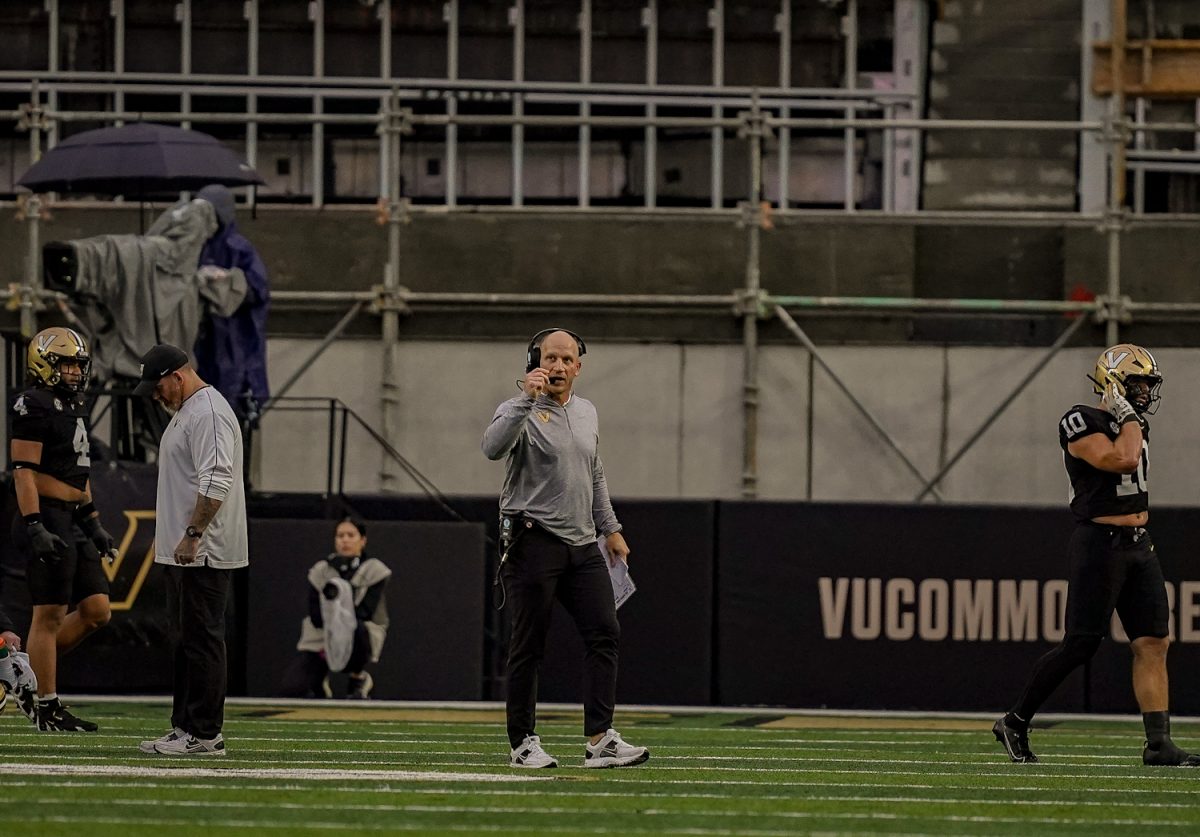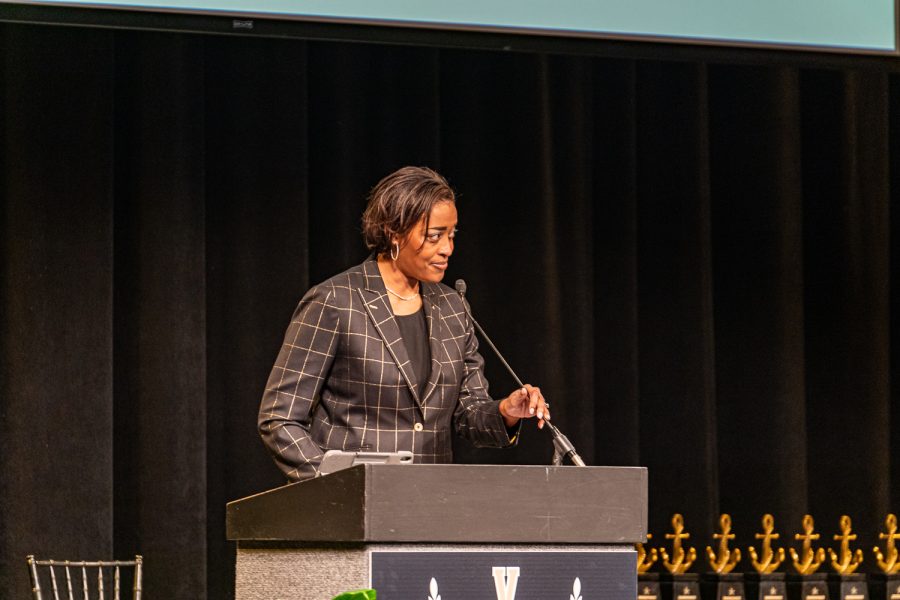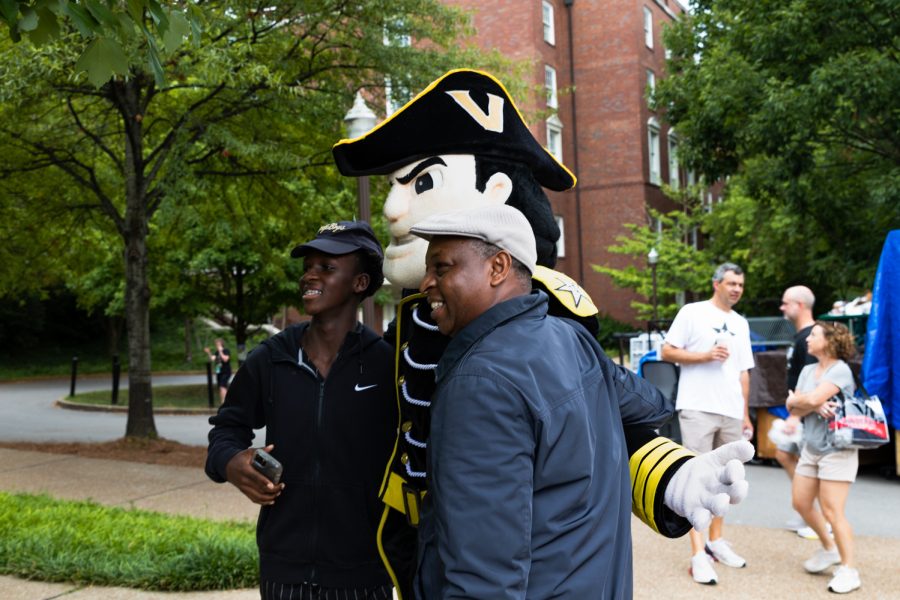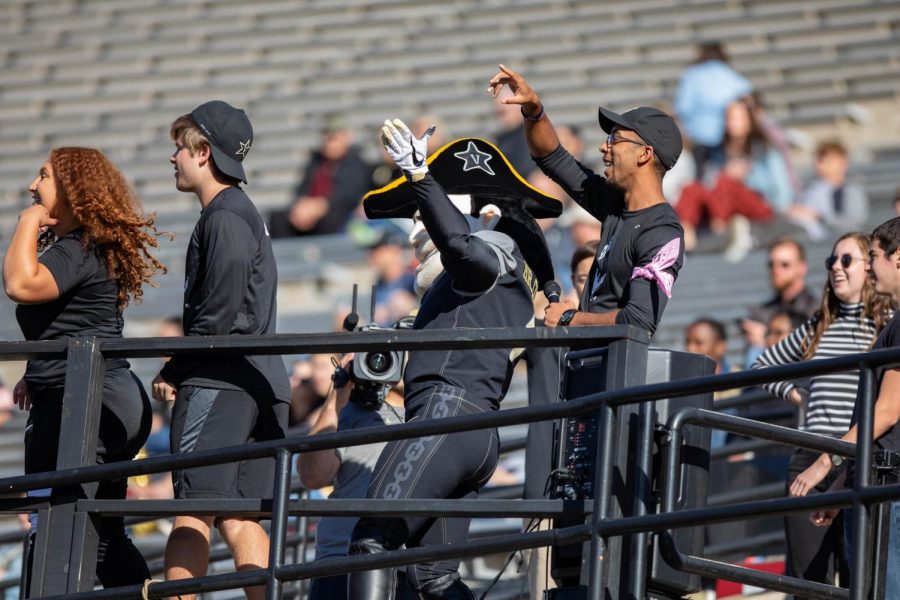Vanderbilt Athletic Director Candice Storey Lee posted a four tweet thread on Tuesday Aug. 18, suggesting that the Commodores are not yet prepared to make a final decision on fall athletics attendance amidst COVID-19 concerns.
For the time being, the athletic department is “considering all options” of how to get fans involved, according to Lee.
“We remain focused on the public health implications of our decisions,” Lee wrote, “and will continue to gather as much information as possible before confirming our next steps regarding attendance in our venue.”
Lee continued to note that Vanderbilt’s athletic department has been flexible with season ticket holders. Those who had already purchased ticket packages for the 2020 football season have three options, if they choose to cancel their purchase before a final decision is made: they may request a refund, change their payment to a donation to the athletic department or apply for a credit for next year.
Lee did not give a date by which Vanderbilt will release a final decision on its attendance policy.
On Tuesday, the Southeastern Conference released a list of fan health and safety guidelines for the 2020 season. While the decision to permit fans is ultimately up to each member institution, the conference shared “baseline recommendations” to consider in addition to state and local guidelines.
“Face coverings (over the nose and mouth) shall be required as a condition of all guest ingress, egress, and movement throughout the stadium, as well as any time guests are unable to maintain the recommended physical distance from others who are not in their same household,” the SEC’s release reads in part.
In addition to face coverings, the conference suggested an array of safety measures such as plexiglass barriers at concession stands, physical distancing in line at all points-of-sale, “grab and go” concession options and digitally scanned tickets and more.
Vanderbilt is one of seven SEC schools that have not yet released a decision on attendance. Here is a school-by-school breakdown of 2020 football attendance policies, with an asterisk denoting a stadium to which the Commodores are scheduled to travel.
Alabama (Bryant-Denny Stadium)
The University of Alabama announced on Aug. 18 that it plans to limit seating at Bryant-Denny Stadium to 20 percent (roughly 20,400) of its normal capacity (roughly 102,000).
Auburn (Jordan-Hare Stadium)
Auburn University announced on Aug. 19 that it plans to limit seating at Jordan-Hare Stadium to approximately 20 percent (roughly 17,400) of its normal capacity (roughly 87,000).
Arkansas (Reynolds Razorback Stadium)
The University of Arkansas has not yet released its plan to the public, but it reportedly sent an email to season ticket holders on Aug. 16 outlining a plan to permit between 16,000 and 17,000 fans at home games. That equates to approximately 21 and 23 percent of Reynolds Razorback Stadium’s regular capacity (roughly 76,000).
Florida (Ben Hill Griffin Stadium)
The University of Florida has not yet released its attendance plan.
Georgia (Sanford Stadium)*
The University of Georgia announced on Aug. 19 that it plans to limit seating at Sanford Stadium to between 20 and 25 percent (roughly 6,000 and 7,500) of its normal capacity (roughly 30,000).
Kentucky (Kroger Field)*
The University of Kentucky has not yet released its attendance plan.
LSU (Tiger Stadium)
Louisiana State University has not yet released its attendance plan.
Mississippi State (Davis Wade Stadium)*
Mississippi State University has not yet released its attendance plan.
Missouri (Memorial Stadium)*
The University of Missouri announced on Aug. 18 that it plans to limit seating at no more than 25% (15,250) of its normal capacity (roughly 61,000).
Ole Miss (Vaught Hemingway Stadium)
The University of Mississippi has not yet released its attendance plan.
South Carolina (Williams-Brice Stadium)
The University of South Carolina has not yet released its attendance plan.
Tennessee (Neyland Stadium)
The University of Tennessee has not yet released its attendance plan.
Texas A&M (Kyle Field)*
Texas A&M announced on Aug. 18 that it plans to limit seating to approximately 30 percent (30,900) of its normal capacity (roughly 103,000).

